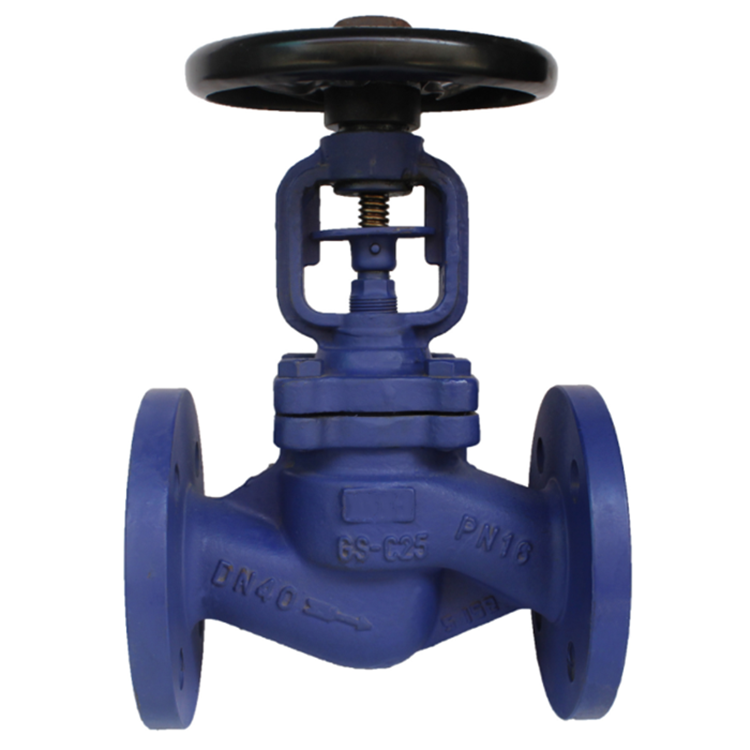weld neck flange asme b16 5
Understanding Weld Neck Flanges as Per ASME B16.5
Weld neck flanges are a critical component in piping systems, allowing for the connection of pipes, valves, and other equipment. According to the ASME B16.5 standard, weld neck flanges are designed to provide a robust and reliable joint that can withstand a variety of stresses, including pressure and temperature fluctuations. This article explores the essential features, applications, and specifications of weld neck flanges as outlined in ASME B16.5.
What is a Weld Neck Flange?
A weld neck flange features a long tapered neck that allows for a smooth transition between the flange and the pipe. This design minimizes stress concentrations and enhances the integrity of the joint. The flange is typically welded to the pipe, creating a strong bond that withstands high-pressure conditions. The size of the flange is standardized to match the pipe diameters, making it easy to integrate into existing systems.
Key Features and Advantages
1. Strength and Durability The tapered neck of a weld neck flange significantly reduces the risk of leaks and enhances the overall strength of the joint. This design withstands higher pressures and thermal fluctuations compared to other flange types.
2. Versatility Weld neck flanges are available in various sizes, materials, and pressure ratings, making them suitable for a wide range of applications in different industries, including oil and gas, chemicals, and power generation.
3. Ease of Installation The welding process used to attach weld neck flanges to pipes ensures a tight and secure fit. This robust connection minimizes the likelihood of joint failure under operational stresses.
4. Compatibility with Other Components ASME B16.5 specifies dimensions for weld neck flanges that are compatible with other flange types and fittings, allowing for seamless integration into existing piping systems.
Specifications Under ASME B16
.5weld neck flange asme b16 5

ASME B16.5 covers a variety of standards related to flanges, including dimensions, tolerances, materials, and pressure-temperature ratings. Some key specifications include
- Materials Weld neck flanges can be constructed from various materials, including carbon steel, stainless steel, and alloys, each chosen based on exposure conditions and mechanical requirements.
- Pressure Ratings The standard defines different pressure classes ranging from 150 to 2500 pounds, allowing engineers to select the appropriate flange based on the system's operating pressure.
- Dimensions The dimensions of weld neck flanges, including the outside diameter, bolt circle diameter, and bolt hole size, are specified for different sizes to ensure uniformity and compatibility.
- Testing and Certification Flanges must pass rigorous testing, including hydrostatic testing, to ensure their integrity and performance standards meet industry requirements.
Applications
Weld neck flanges are predominantly used in high-pressure and high-temperature applications. They are commonly found in
- Oil and Gas Industry Used in pipelines transporting crude oil, natural gas, and refined products. - Chemical Processing Employed in systems that handle corrosive substances. - Power Generation Utilized in steam pipelines and subassemblies of power plants.
In conclusion, weld neck flanges, as defined by ASME B16.5, are essential components in various industries, providing strong, reliable connections capable of withstanding harsh conditions. Their design, materials, and specifications make them a preferred choice for engineers seeking durability and performance in piping systems. Understanding the characteristics and advantages of weld neck flanges can significantly enhance safety and efficiency in industrial operations.
-
The Key to Fluid Control: Exploring the Advantages of Ball Valves in Industrial SystemsNewsJul.09,2025
-
The Versatile World of 1, 2, and 3 Piece Ball ValvesNewsJul.09,2025
-
Stainless Steel Ball Valves: The Ideal Choice for Efficient Flow ControlNewsJul.09,2025
-
Optimizing Fluid Control with Ball Float ValvesNewsJul.09,2025
-
Manual Gate Valves: Essential for Control and EfficiencyNewsJul.09,2025
-
Everything You Need to Know About Butterfly ValvesNewsJul.09,2025
-
The Versatility of Wafer Type Butterfly ValvesNewsJul.08,2025




